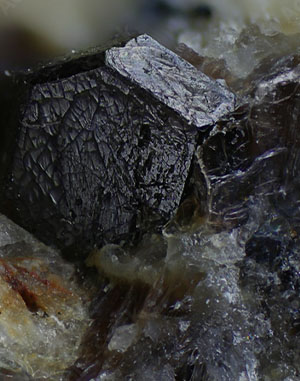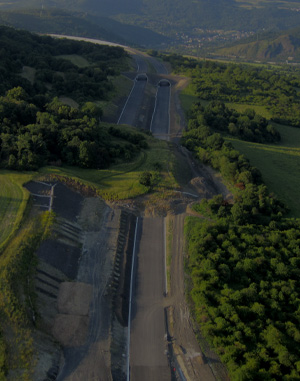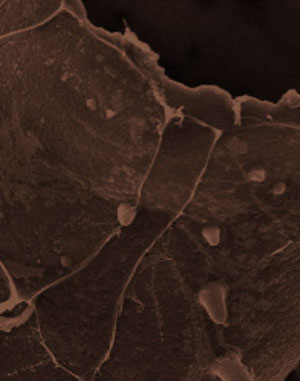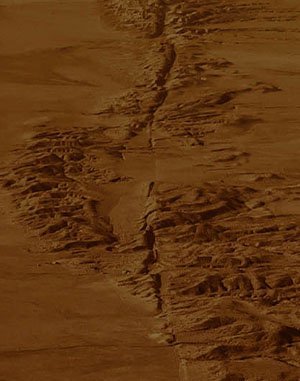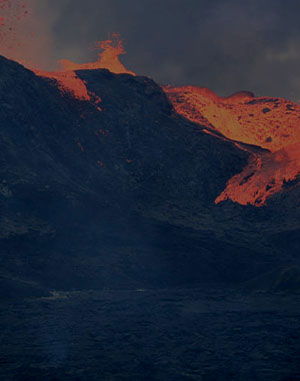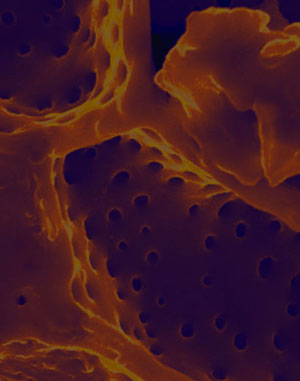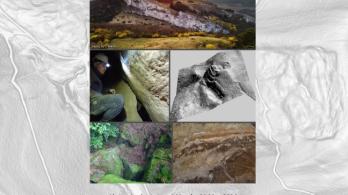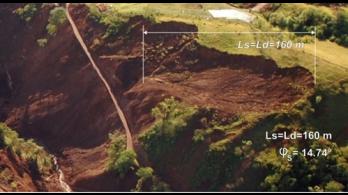Ústav struktury a mechaniky hornin AV ČR, v. v. i. je vědecké pracoviště zaměřené na studium struktury a vlastností hornin a horninového prostředí. Dále se zabývá výzkumem skel, technické keramiky, kompozitů a biomateriálů, jejich vlastnostmi i aplikačním potenciálem a technologickými otázkami zpracování anorganických i organických odpadů.
Video file
Oddělení
Novinky
Naši kolegové z oddělení struktury a vlastností materiálů se podíleli při rekonstrukci
V únorovém čísle prestižního časopisu Engineering Geology vyšel článek naš


